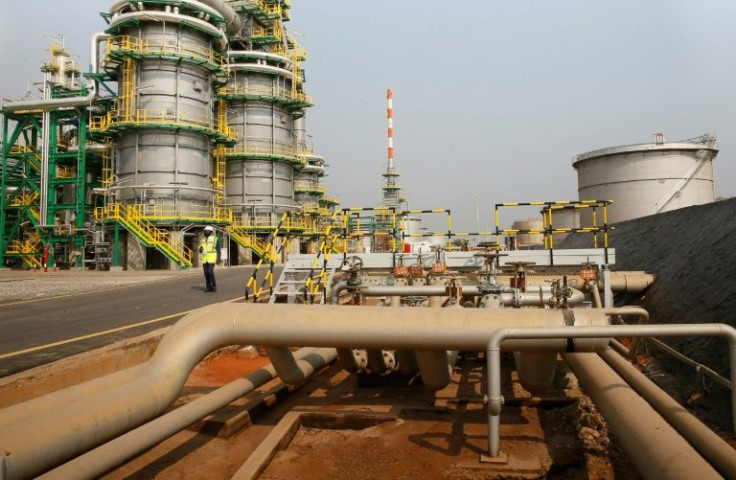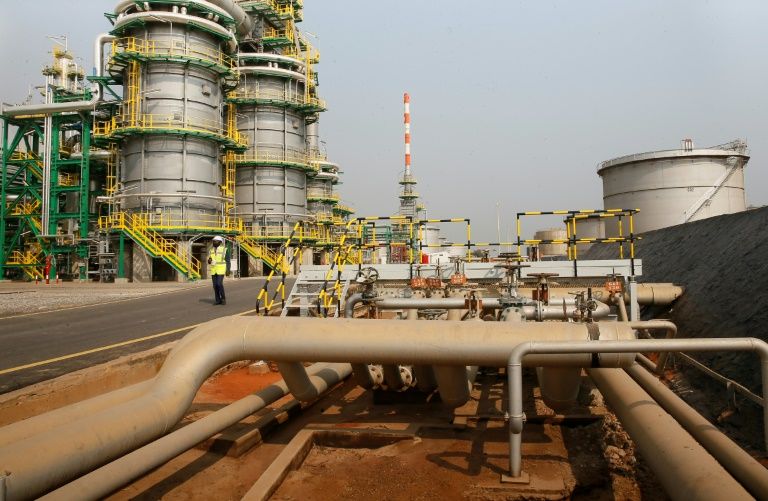
AFP
Crude oil prices retreated Thursday as easing geopolitical tensions reduced risk premiums and traders shifted focus to rising inventories and production outlooks. West Texas Intermediate (WTI) fell 0.61% to $62.17 per barrel, while Brent crude declined 0.51% to $65.91. The day’s movement reflected a market recalibrating from short-term geopolitical fears toward more structural supply-demand pressures.
Oil prices eased after reports of a first-phase ceasefire agreement between Israel and Hamas, a development that alleviated fears of broader instability in the Middle East. The reduced threat of supply disruptions through key shipping routes led traders to unwind part of the conflict-driven risk premium built into prices earlier in the week.
U.S. crude inventories rose by 3.7 million barrels for the week ending Oct. 3, according to the Energy Information Administration (EIA). The build exceeded expectations of around 2.2 million barrels, indicating that supply continues to outpace demand. However, stockpiles at the Cushing, Oklahoma delivery hub, a key benchmark for WTI, declined by about 763,000 barrels, offering some offsetting support.
Meanwhile, the EIA raised its 2025 U.S. crude oil production forecast to 13.53 million barrels per day, citing sustained growth from onshore shale operations and offshore projects in the Gulf of Mexico. The agency also projected that global oil inventories would continue to increase steadily through 2026, potentially putting additional downward pressure on prices over the next year.
OPEC+ is set to implement a modest production increase of 137,000 barrels per day in November. The alliance continues to favor gradual output adjustments to avoid triggering a market glut. While the strategy has stabilized prices in recent months, rising U.S. output and inventory builds threaten to undermine those efforts.
Energy analysts note that the short-term outlook for crude remains range-bound as the market balances easing geopolitical risks against signs of excess supply. The EIA expects Brent crude to average $62 per barrel in the fourth quarter of 2025 and trend lower toward $52 per barrel in 2026 if inventories continue to build.
Gasoline prices across the United States have remained largely steady, with regional variations linked to refinery maintenance and distribution patterns. Traders are now watching for the next round of EIA data and OPEC+ statements for clearer signals on where prices might head next.
IBT’s Oil Market Watch will continue to track daily WTI and Brent prices, U.S. inventory updates, OPEC+ decisions, and global supply-demand trends shaping the energy market.
